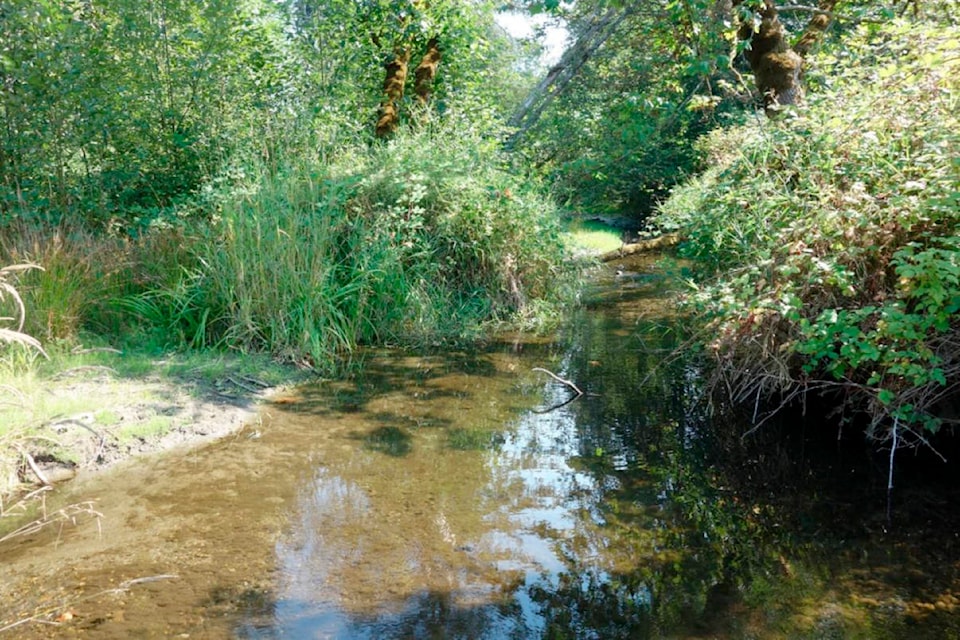B.C.’s forestry watchdog is calling for legislation that will make the sector more accountable to a “chronic problem” of logging road sedimentation entering fish-bearing streams.
The Forest Practices Board recommended two amendments to the Forest and Range Practices Act (FRPA) following a two-year case study of five B.C. watersheds. In its final report of a two-part special investigation, FPB noted most companies meet or exceed legal requirements to create riparian buffers – areas adjacent to streams that are critical for the protection of water quality and fish habitat — but this culture of good stewardship must now be broadened to include sediment runoff.
“A new culture for the management of sediment from roads into streams is needed!” the report reads. “Greater attention must be paid to sediment management in all phases of a road including design, construction, maintenance and deactivation. Government needs to set clear expectations in regulation to minimize sediment to protect fish habitat and water quality.”
READ MORE:
Fish can adapt to periods of high sediment loads, as during the spring melt, but long-term studies show elevated levels caused by humans can be lethal. It is known to cover spawning beds and smother incubating eggs, starve fish of oxygen, cover feeding areas and change the general behaviour of fish.
FPB investigators examined fish passage and sediment at 200 sites over 133 kilometres of road, and a further 47 sites to evaluate the effects of tree harvesting on riparian buffers and channel condition. Of the 200 sites, 50 were identified as a sediment source, 37 of which were impacting or had the potential to impact fish habitat.
Of the five watersheds studied, the Ainslie, Owen and Pennask were found to be at high risk from sedimentation. The Woodjam is at moderate risk and the Memekay is listed as low.
B.C. rethinks tree planting after wildfires, beetles deplete forests
The board recommended priority actions to improve the protection of fish in the five case-study watersheds, and likely most other important watersheds across the province. The actions include watershed-scale planning, monitoring and implementation of erosion and sediment control at stream crossings during road design, construction, maintenance and deactivation.
The board’s suggested amendments to the FRPA would see enforceable requirements to minimize sediment entering streams, and updated guidance and standards for road construction and maintenance to clearly identify practices needed to minimize sediment contamination.
The FPB requested a response from the government by Nov. 1 this year.




